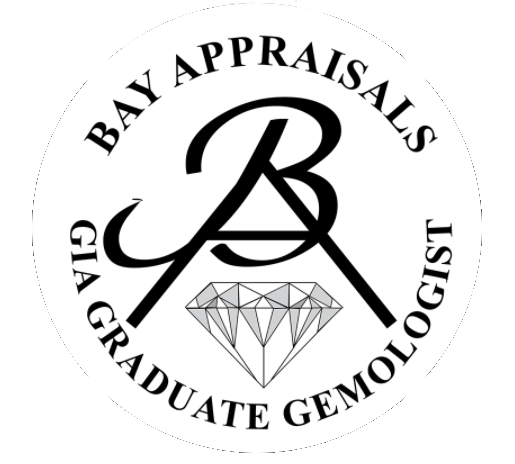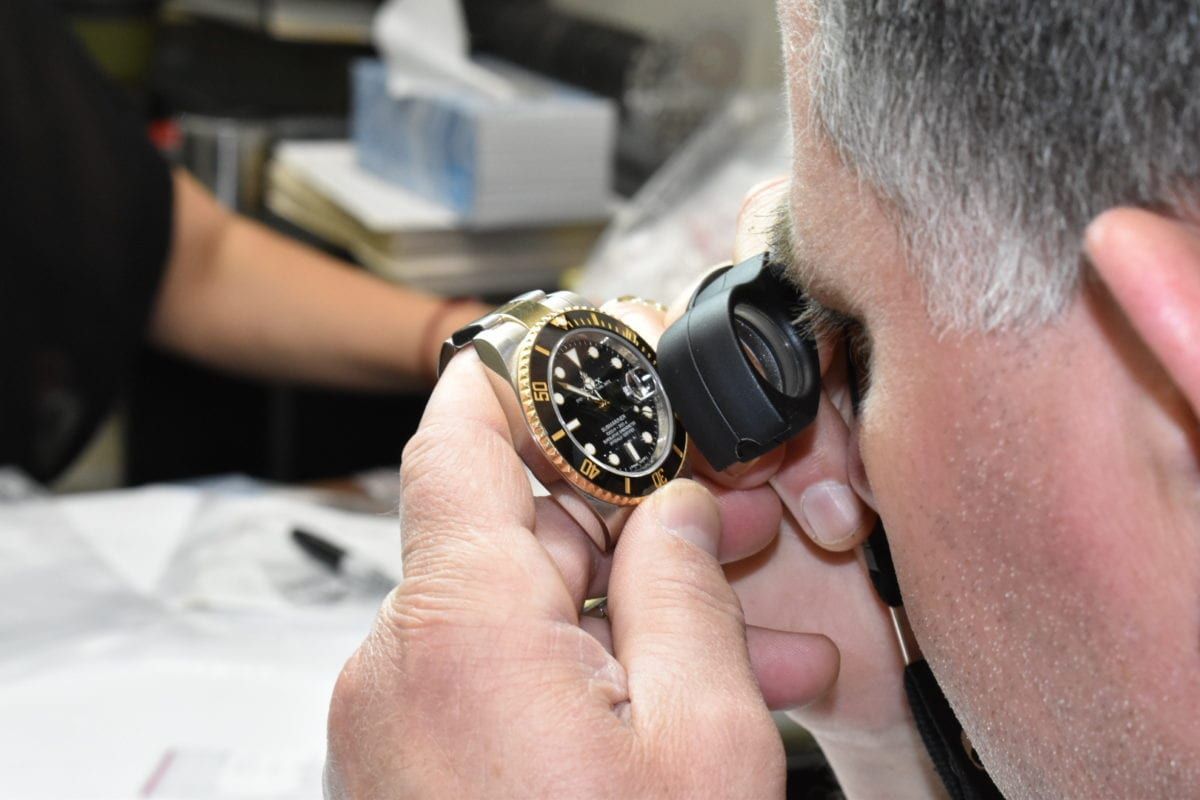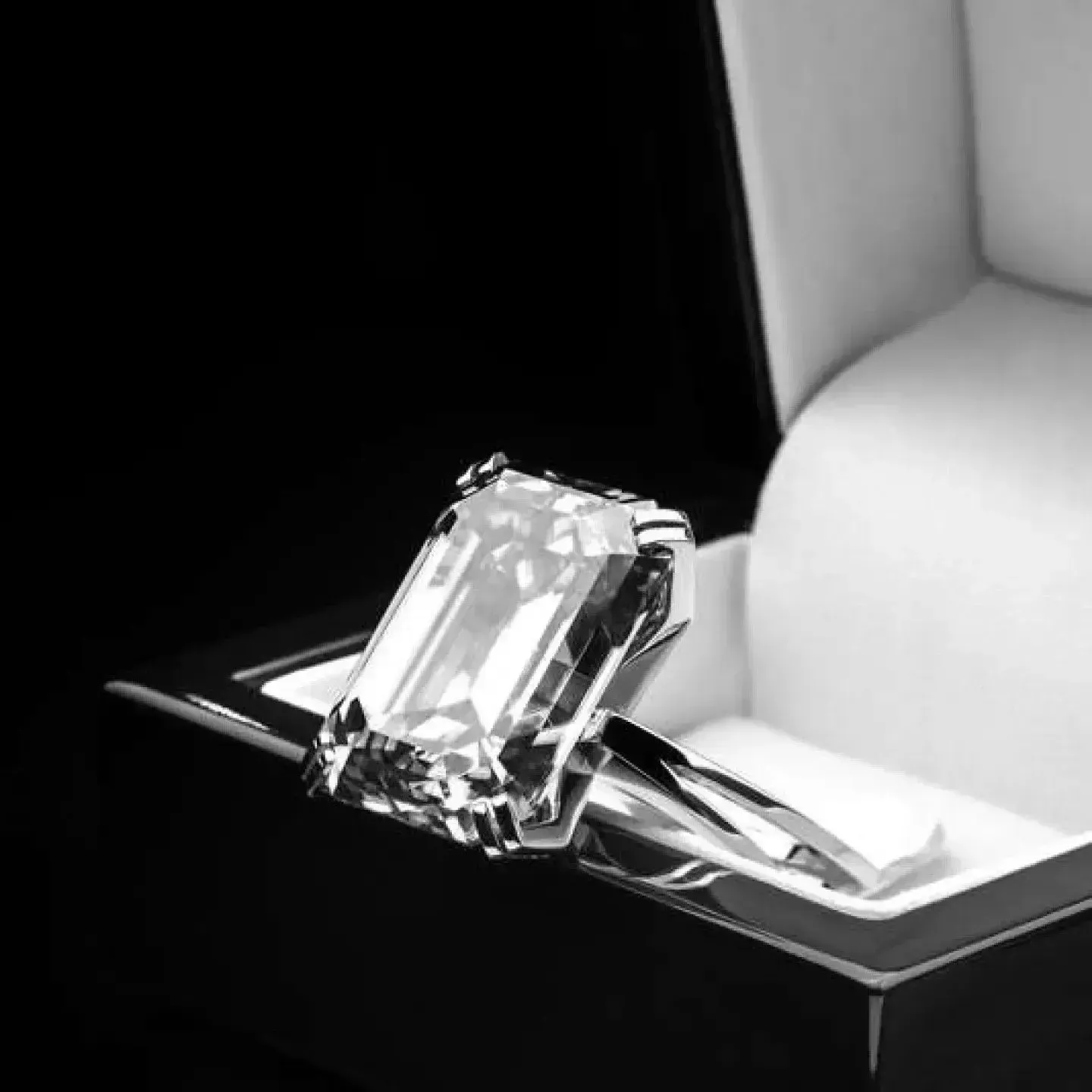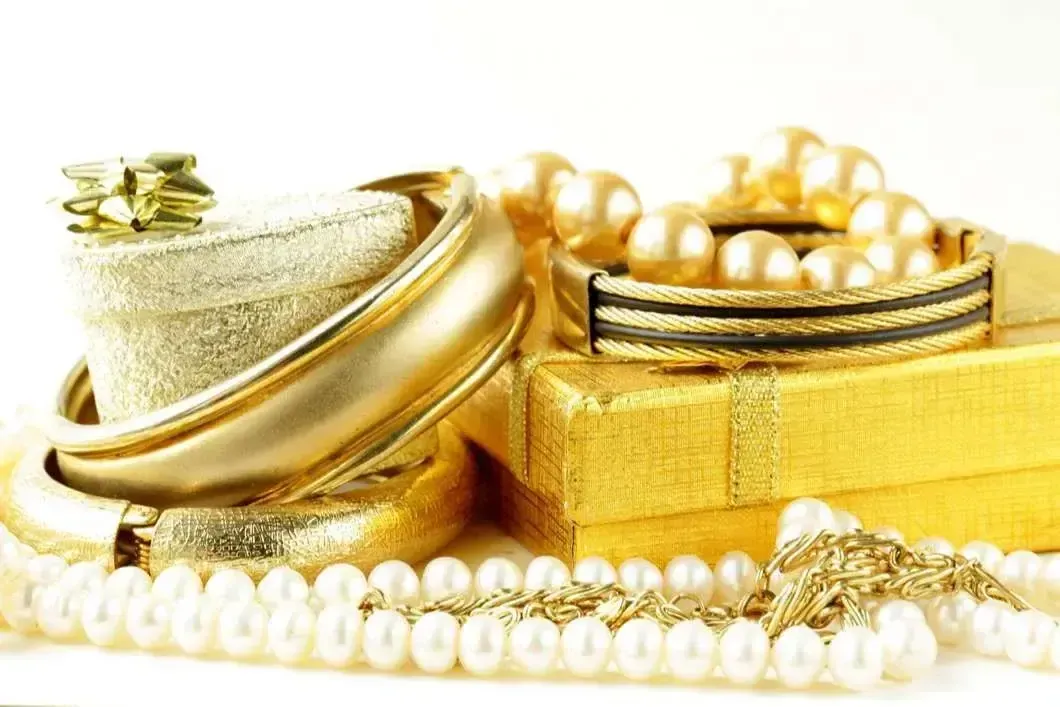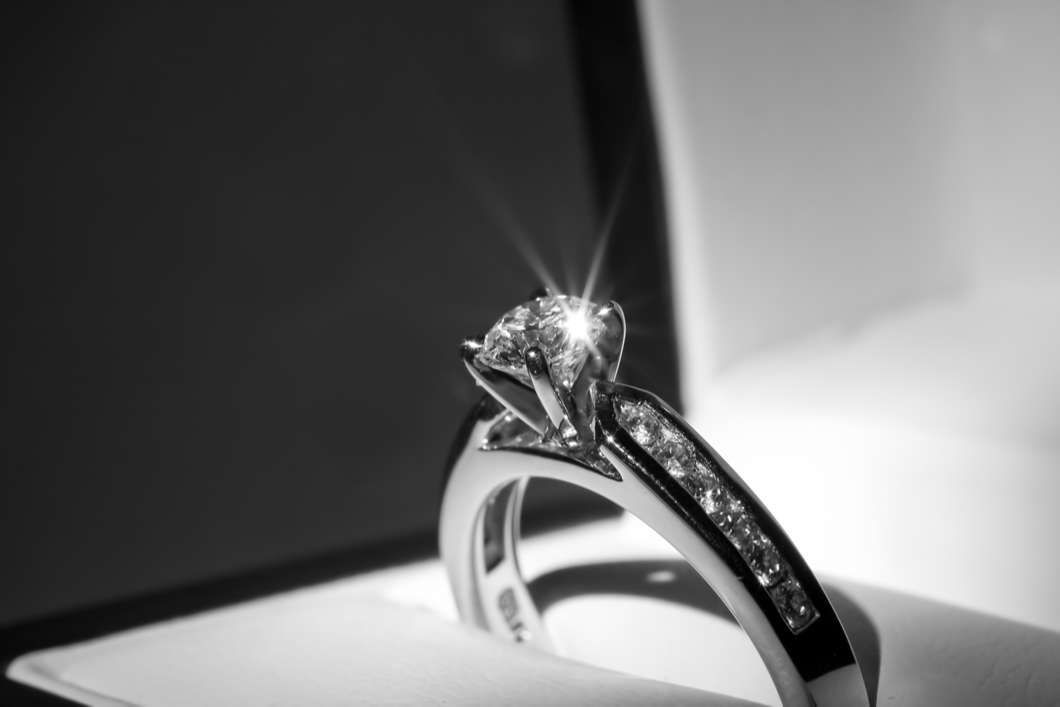Understanding the Four C's of Diamonds: A Buyer’s Guide
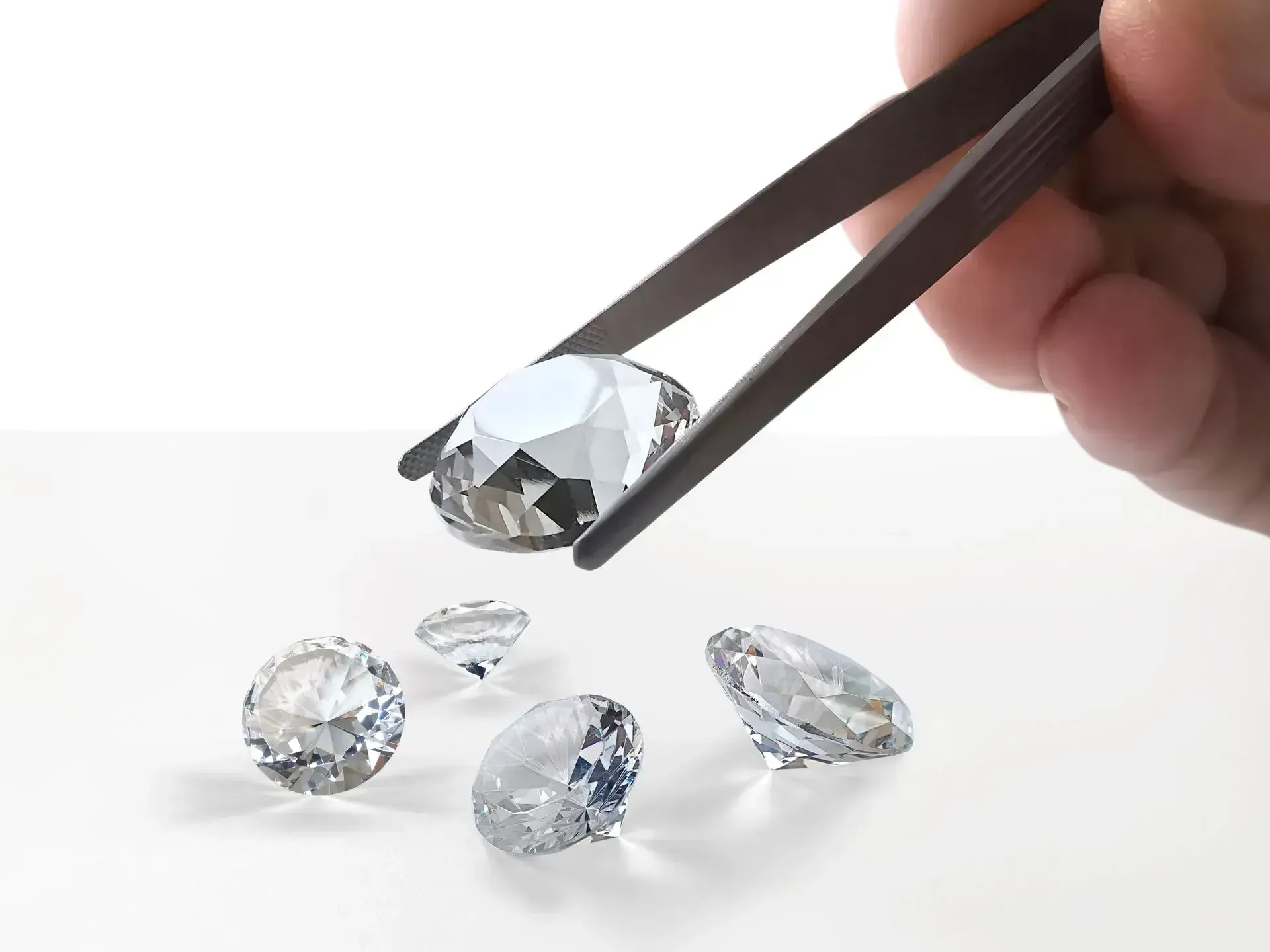
1. Cut: The Heart of the Diamond’s Sparkle
The cut of a diamond is fundamental to its overall appearance and brilliance. While cut refers to the diamond’s shape—such as round, princess, emerald, or cushion—it also encompasses how well the diamond’s facets are proportioned and aligned. A well-cut diamond will exhibit exceptional light reflection and sparkle, enhancing its visual appeal.
A diamond with excellent cut quality maximizes light performance, resulting in a dazzling display of brilliance. Whether you’re visiting a jewelry store or consulting with a fine watches appraiser, prioritize diamonds with a superior cut to ensure the piece stands out.
2. Color: The Spectrum of Diamond Shades
Color in diamonds refers to the presence of any hues or tints that may affect their appearance. The ideal diamond is colorless, allowing light to pass through and enhance its sparkle. However, diamonds naturally come in a range of colors, from D (colorless) to Z (yellow or brown). The less color present, the higher the diamond’s value.
For special occasions, especially when considering antique jewelry or family heirlooms, the color grade of the diamond can significantly impact its overall beauty. Diamonds graded in the G-H range offer a balance of value and aesthetic appeal, as they appear near colorless but are more affordable than the top grades. Make sure the diamond’s color complements the setting and enhances the overall design of the jewelry.
3. Clarity: The Purity of the Diamond
Clarity measures the presence of internal and external imperfections, known as inclusions and blemishes. These flaws can influence the diamond’s brilliance and overall quality. Diamonds are graded from Flawless (no visible flaws under 10x magnification) to Included (inclusions visible to the naked eye).
For high-impact purchases like engagement rings or high-end fine jewelry, select diamonds with high clarity to ensure a clean, sparkling appearance. While slight inclusions might not be noticeable without magnification, choosing a diamond with fewer visible imperfections will enhance its visual appeal. Working with a master gemologist appraiser can provide insights into clarity that ensure you get the best quality for your investment.
4. Carat Weight: The Diamond’s Size and Weight
Carat weight represents the size of the diamond. One carat equals 200 milligrams, and larger diamonds are both rarer and more expensive. Carat weight, however, should be balanced with the other Three C's to ensure the diamond’s overall quality and beauty.
When choosing diamond jewelry, consider how carat weight fits within your budget and aligns with the significance of the occasion. Larger diamonds make a statement but must be assessed in conjunction with cut, color, and clarity to achieve a well-rounded appearance. Consulting with accredited jewelers can help you find a diamond that provides the right balance of size and quality.
Conclusion: Choosing the Right Diamond Jewelry
Understanding the Four C's will guide you in selecting diamond jewelry that meets your expectations and preferences. Whether you’re exploring estate appraisal options, considering antique jewelry, or purchasing from a jewelry store, these factors are essential for making a wise investment. For those in El Paso, TX, and nearby areas like Horizon, Socorro, Las Cruces, and Sunland Park, Bay Appraisals Jewelry offers expert appraisal services to assist you in evaluating the true value of your diamond.
Discover the True Value of Your Diamond Jewelry with Bay Appraisals Jewelry
Looking to understand the true worth of your diamond jewelry? Whether you're investing in a new piece or seeking appraisal for family heirlooms, Bay Appraisals Jewelry is here to help. As accredited local experts based in El Paso, Texas, we offer precise and personalized diamond valuations tailored to your needs.
Our seasoned team of master gemologist appraisers is well-versed in the nuances of the diamond industry, specializing in a wide range of services including engagement rings, antique jewelry, estate appraisal, and liquidation. We evaluate every piece of jewelry based on the Four C's—Cut, Color, Clarity, and Carat Weight—to ensure you receive an accurate fair market value.
Whether you're dealing with fine watches or gemstone jewelry, trust Bay Appraisals Jewelry for expert assessments and guidance.
Why Choose Bay Appraisals Jewelry?
- Local Expertise: Our team brings a deep understanding of the El Paso jewelry market and its surrounding areas, including Horizon, Socorro, Las Cruces, and Sunland Park.
- Industry Insight: With years of experience, we navigate the complexities of diamond valuation to provide you with comprehensive and accurate appraisals.
- Your Trusted Appraisal Partner: Bay Appraisals Jewelry is your go-to source for transparent and reliable jewelry appraisal services, ensuring you uncover the true value of your diamond pieces.
Whether you’re a jeweler, collector, or simply seeking professional appraisal services, Bay Appraisals Jewelry is ready to assist you. Contact us today to discover the true value of your diamond jewelry and make informed decisions for any special occasion.
Frequently Asked Questions (FAQs) - Understanding the Four C’s of Diamonds
1. How do different diamond shapes affect the Four C’s?
Different diamond shapes, such as round, princess, and emerald, can impact how the Four C’s are evaluated. For example, a round brilliant cut may enhance a diamond's sparkle more than a step-cut shape like an emerald cut. Understanding how shape influences the Four C’s can help you select the best diamond for your preferences.
2. How does the setting affect the perceived value of a diamond?
The setting of a diamond can significantly impact its appearance and perceived value. A well-designed setting can enhance a diamond's brilliance and highlight its color and clarity. For instance, a solitaire setting can emphasize the diamond's size, while a halo setting can make it appear larger and more radiant.
3. What role does fluorescence play in diamond valuation?
Fluorescence refers to the way a diamond reacts to ultraviolet light, potentially causing it to emit a bluish glow. While some diamonds with strong fluorescence may appear less valuable due to the glow, others with moderate fluorescence can enhance the diamond’s appearance. Understanding fluorescence can help in making informed purchasing decisions.
4. How can you verify the authenticity of a diamond’s certification?
To ensure a diamond's certification is authentic, check for accreditation from reputable gemological institutions like the Gemological Institute of America (GIA) or the American Gem Society (AGS). You can also cross-check certification numbers with the issuing organization to confirm the diamond's grade and characteristics.
5. Are there any industry standards or guidelines for diamond grading?
Yes, diamond grading is standardized by several gemological organizations, including the GIA and AGS. These organizations provide detailed grading reports and adhere to consistent criteria for assessing Cut, Color, Clarity, and Carat Weight. Familiarizing yourself with these standards can help you understand and compare diamond evaluations accurately.
